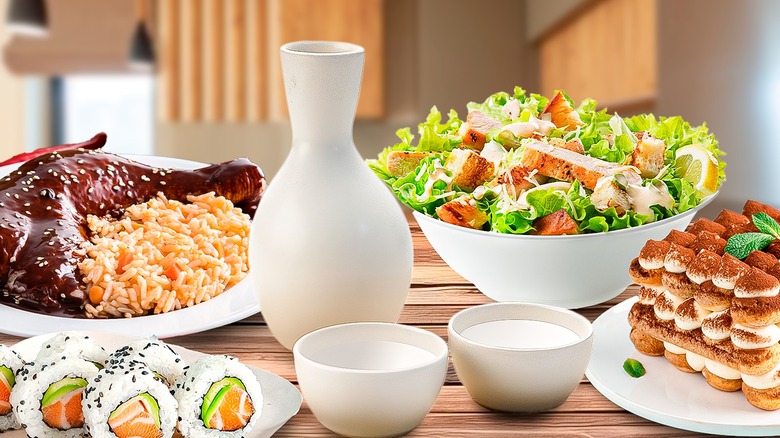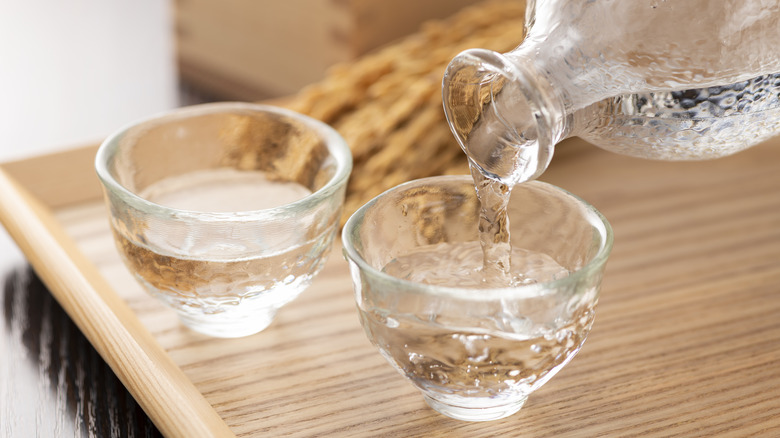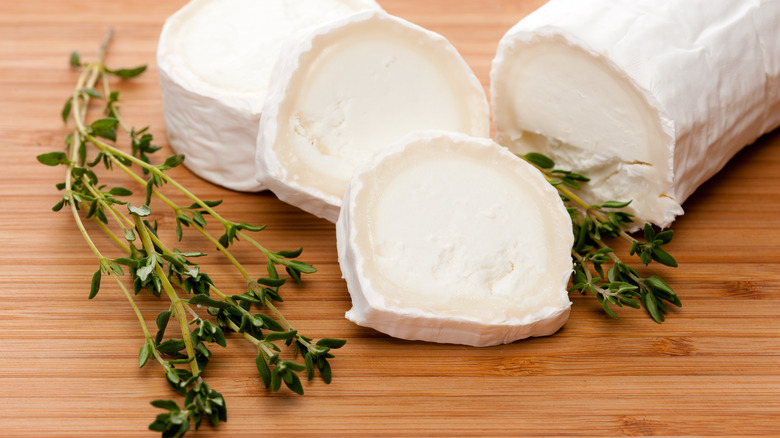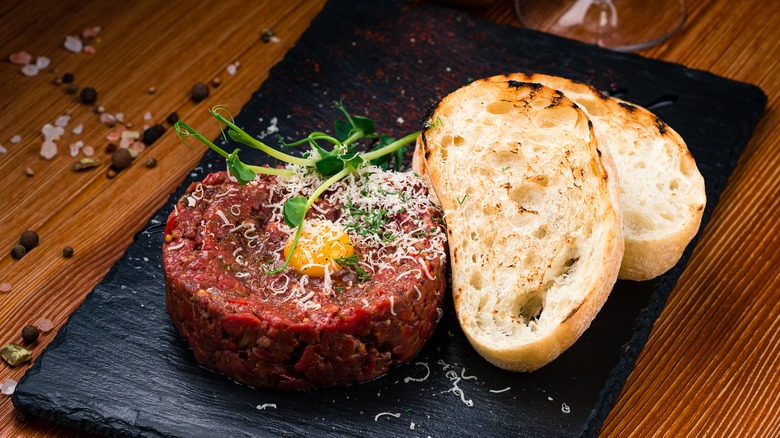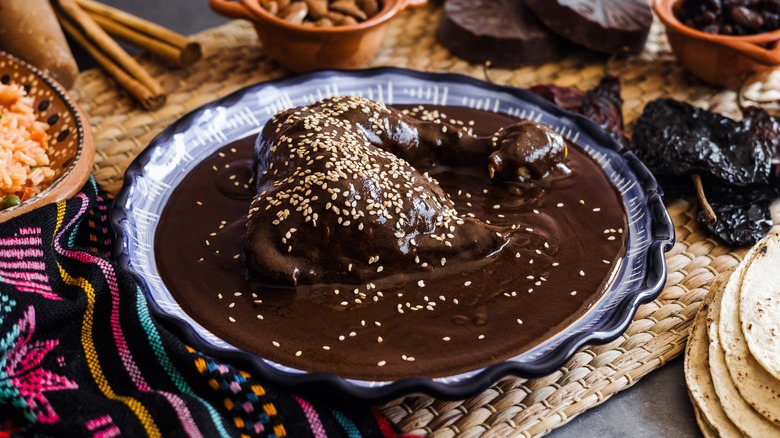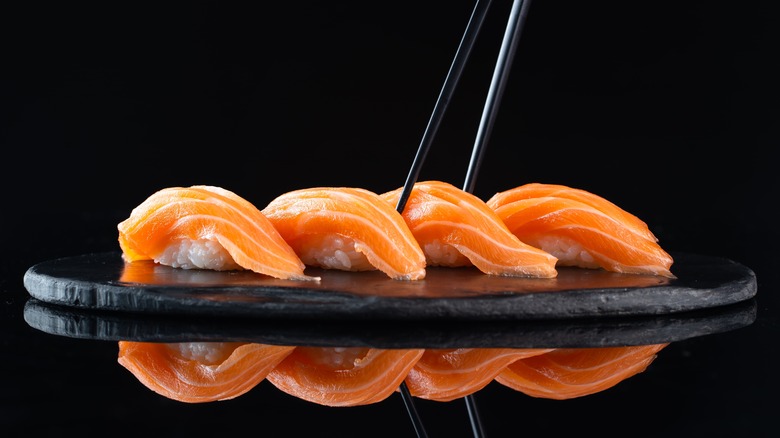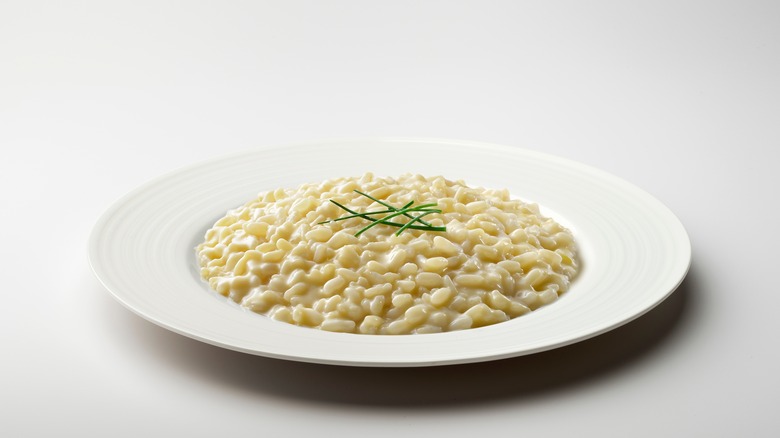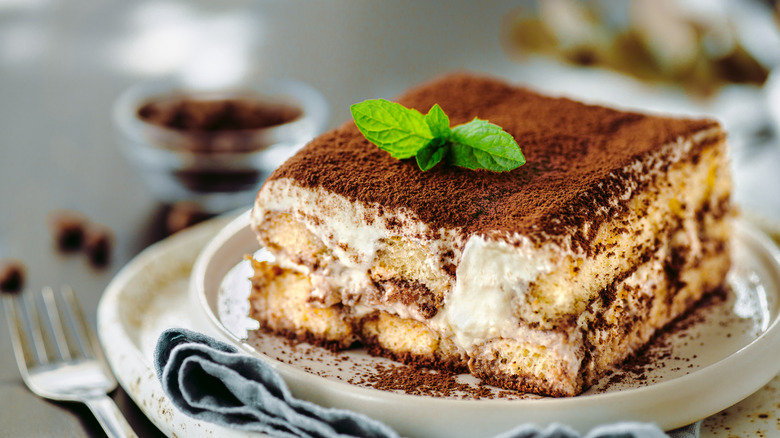9 Foods You Should Pair With Sake
Made from fermented rice, sake is not only a beloved beverage to come out of Japan — it is also a symbol of its culture, its cuisine, and its rituals. There are several varieties of sake, and it is typically divided into six main categories, depending on the brewing method and rice milling percentage: Junmai and Honjozo, Junmai Ginjo and Ginjo, and Junmai Daiginjo and Daiginjo.
Drinking and pairing sake is an art, which is why we have enlisted an expert to guide us through this journey: Matthieu Guerpillon. French by birth and Mexican by conviction, Matthieu is a sake sommelier and a brand ambassador for Nami, the first Mexican sake. Nami is made in the northern city of Culiacán, Sinaloa, and its name represents the fusion between these Mexican and Japanese cultures: wave.
Nami boasts three sake labels based on the level of rice polishing. Nami Junmai, with 55% of rice polishing, has notes of green apple, guava, lychee, and pear on the nose, as well as a fresh, sweet taste. Nami Junmai Ginjo has a 50% of rice polishing and boasts notes of plum, peach, and pineapple, plus lactic and acidic flavors. Lastly, Nami Junmai Daiginjo has a rice polishing of 40% and has highly complex aromas, including white flowers and pineapple, plus a fresh, floral, semi-dry flavor.
Not only is Matthieu a sake sommelier, but he is also absolutely obsessed with pairing. "I find pairing opportunities all the time. I pair my coffee with toast and jam in the morning," he jokes, confirming his status as the perfect guide for our pairing exploration.
Why sake is so good for pairing
Beyond the sake + Japanese food pairings we all know and love, sake allows for a wide array of harmonious and fascinating food pairings. "Sake can be a flavor catalyst like no other beverage," says Matthieu. As a rule of thumb, sake's alcohol content ranges between 14% and 16%. Alcohol is like an engine, says Matthieu, that powers flavors and allows them to go further and last longer. Sake also contains amino acids, which means that it can awaken our palate to that coveted umami taste. And unlike wine, there are no sulfites or tannins in sake, which makes it less acidic and allows it to be much more respectful of the flavors in the meal you are enjoying. When pairing, it's important to pour your sake at the right temperature and to use proper sake cups. To sum it up, Matthieu says: "Wine is for sommeliers, but sake is for cooks."
Creamy cheeses + Junmai sake
As a Frenchman, it's no surprise that Matthieu has a great love for cheese. What's surprising, though, is this pairing he discovered at home. One afternoon, while sharing a chunk of semi-aged goat cheese with his wife, he decided to skip the classic white wine and poured a couple of glasses of Junmai sake instead. "This was a very acidic cheese, and it had notes of walnut and hazelnut," he says. With its fruity notes, slightly sweet flavor, and full body, the Junmai sake brought out the cheese's lactic aspect, something Matthieu had never experienced before. "I felt like both the cheese and the sake came together and created one same identity," he says. After this revelation, Matthieu embarked on a new journey, pairing different artisanal, highly creamy cheeses with sake. He suggests exploring options such as Camembert, Brie, triple-cream cheese, or Délice de Bourgogne for a rich pairing experience.
Bone marrow + Junmai Daiginjo sake
Rich, luscious, and heart-warming, bone marrow is a bold ingredient that calls for an equally strong pairing. Well aware of this, Matthieu firmly believes that sake is a worthy beverage for this nutritious, fatty delight. He recalls a memorable meal at Mexico City's iconic Nicos restaurant when chef Gerardo Vázquez Lugo served bone marrow sopes topped with green salsa and savory cotija cheese. "It was a truly spectacular pairing," recalls Matthieu about the Junmai Daiginjo served alongside the traditional dish. "Junmai Daiginjo is fresh, clean, deep, and robust, so it creates a beautiful harmony." He explains that the sake allowed diners to experience many different textures and sensations: The brightness of the sauce, the oiliness of the marrow, and the earthiness of the corn-based sope. This fascinating layered experience can be replicated when enjoying a classic roasted bone marrow served with toast and a simple herb salad on the side.
Caesar salad + Junmai Daiginjo sake
Ever present in menus around the world, the Caesar salad might be an incredibly popular dish, but it's also extremely difficult to pair, says Matthieu. The traditional dressing blends potent ingredients like anchovies, mustard, and parmesan cheese. "If you are eating a Caesar salad with wine, the resulting pairing might be a contradiction," he says. However, when you pour a Junmai Daiginjo, the pairing is surprisingly pleasant and harmonious.
Junmai Daiginjo, the highest grade of sake, features a minimum of 50% rice polishing, bringing the rice to half its weight. This ultra-premium sake usually boasts complex aromas, with notes of white flowers and tropical fruits and a soft, long-lasting aftertaste. "Sake respects the Caesar dressing; it makes it feel smooth and well-rounded," says Matthieu. When serving a Junmai Daiginjo with your next Caesar, keep in mind that this sake is best enjoyed chilled, which allows its flavors and aromas to shine.
Steak tartare + Junmai Daiginjo sake
Like many beloved bistro classics, steak tartare is traditionally served with wine. Matthieu recalls a revelatory experience in Oaxaca, one of Mexico's ultimate culinary meccas, where he attended a pairing contest. He tasted a tasajo tartare — tasajo is a flavorful cut of dried beef, very popular in this region — with quelite herbs and a citrus sauce. "It was one of the first times I ever tried sake with raw meat," he remembers, noting that this ingredient can be challenging because of its high iron content and solid texture. "Sake is so smooth and noble. It was an explosion of flavor," says Matthieu about the dish paired with a premium, deeply-flavored Junmai Daiginjo. He adds that the quelite herbs played a key role, as they brought a vegetal element that cut through the meat's mineralogy. This combo can be replicated by serving (or ordering) a side salad with your steak tartare.
Mexican food + Junmai Giinjo sake
Talk about unexpected pairings and endless possibilities. Matthieu explains that the bright Junmai Ginjo's fruity, exotic profile makes it an excellent companion to Mexican food. "It has notes of ripe fruit like nance and peach; it's very balanced and actually suits the Mexican palate quite well," he says. Junmai Ginjo sake must have a rice polishing of 40%, and it is best when served chilled.
One of Matthieu's favorite pairings is Junmai Ginjo sake and mole, which he experienced in Oaxaca when he tried the sake with mole alcaparrado, a caper-based sauce. Deep, complex, and rich, mole has hundreds of iterations across the country. Mole is usually made with a combination of dried chilies and spices, while some call for fruit or tomatillos. Most of the time, mole is served with a protein like chicken, turkey, or pork. Paired with sake, it is not only an encounter of flavors and aromas but of cultures.
Sushi & seafood + all kinds of sake
Raw fish and seafood pair flawlessly with sake. "Take nigiri, bluefin tuna, toro, sashimi... these dishes will always go well with a fresh, fruity sake," promises Matthieu. He also highlights ceviche with a touch of citrus like a great option for pairing with sake. And while many of us may have been sipping sake at the sushi bar for years, that doesn't mean we know the reason why this combo works so well. Even worse, some of us may have been committing a terrible sin: ordering wine with our salmon nigiri.
"Raw fish has a high iron content, and if you're having wine, the combination can provoke an unpleasant metallic sensation in your mouth," says Matthieu. He adds that beer can cause that feeling, too. Sake, however, does not contain any sulfites, which allows us to enjoy the fruity, fatty flavor and texture of raw fish in a much smoother way.
Risotto + Kimoto sake
Established in the Edo period (1603-1867), the Kimoto method is a traditional brewing technique that is still used today, even though much more modern methods have been developed over the years. The Kimoto method consists of introducing lactic acid bacteria to the water, rice, yeast, and koji mixture. This process promotes fermentation and results in a potent, complex sake, especially when served warm.
"Kimoto sake is very lactic and earthy," says Matthieu. Its perfect counterpart: a creamy, rich risotto. Matthieu suggests a flavor-packed recipe and recalls a day when he and a group of friends cooked risotto with mushrooms, truffles, and speck — a cured Italian ham —. They warmed the sake to 59 degrees Fahrenheit before serving and then dug in. "This experience gave us umami for days," he says. We suggest you keep this pairing in mind for a chilly evening and play around with other umami-rich ingredients like Parmesan cheese and tomato paste.
Tiramisu + Junmai Daiginjo sake
As a general rule, says Matthieu, sake, and sweets are good friends. He recommends pairing sake with tiramisu because of its creamy texture and the tangy presence of cheese, both of which play along well with a Junmai Daiginjo. This sake's sweet profile and complex aroma create a beautiful dance with the Italian dessert, which features deep flavors like coffee and cocoa, sweet ladyfinger cookies, and creamy mascarpone. The result is one of those timeless, foolproof pairings. If you are feeling creative and have some time to spend in the kitchen, Matthieu recommends whipping up a matcha tiramisu for your next pairing. Not only will the touch of matcha will be a nice nod to Japan, but it will add another layer to the pairing. "I'm not particularly a fan of matcha," he confesses, "but I tried this combination once, and the herbal notes of the matcha highlighted the sake's sweetness."
Italian food + All kinds of sake
The world of sake pairings seems to be full of never-ending surprises. When it comes to sake, traditional Italian food makes for an unexpected yet excellent companion. And once you do a little digging, the reasons are quite clear. First, there is the element of cereal, explains Matthieu. While sake is made of rice, Italians use plenty of rice and wheat in their cuisine. And then there's umami. Some of the most important elements of Italian cuisine, such as tomato and mushrooms, are packed with the so-called "fifth flavor" — not to mention Parmesan cheese. "Parmigiano Reggiano is probably the cheese with the most umami you'll ever find," says Matthieu. This means that dishes like a Caprese salad, a pizza Margherita, or a mushroom pasta will pair beautifully with sake. It's no surprise, says Matthieu, that Italians have started to produce their own sake, with brands like Riso and Nero entering the market over the past few years.
